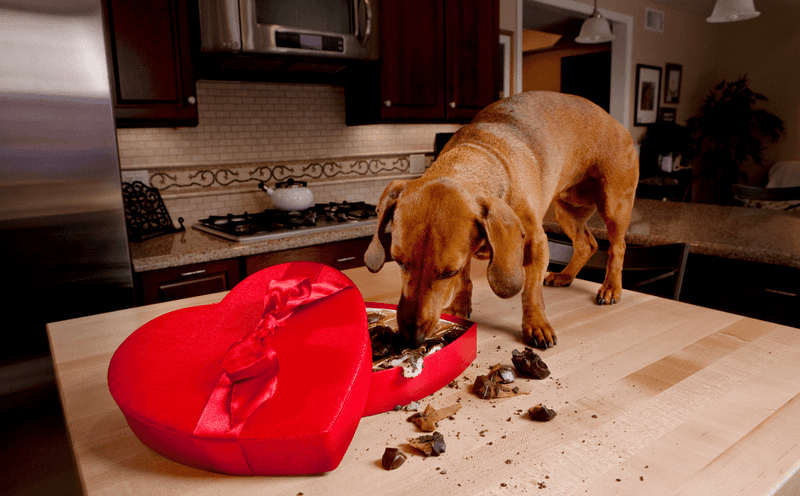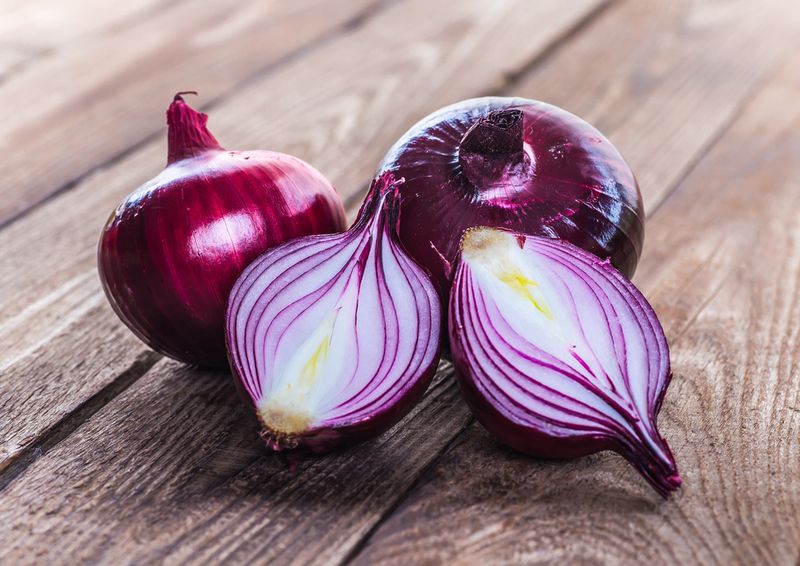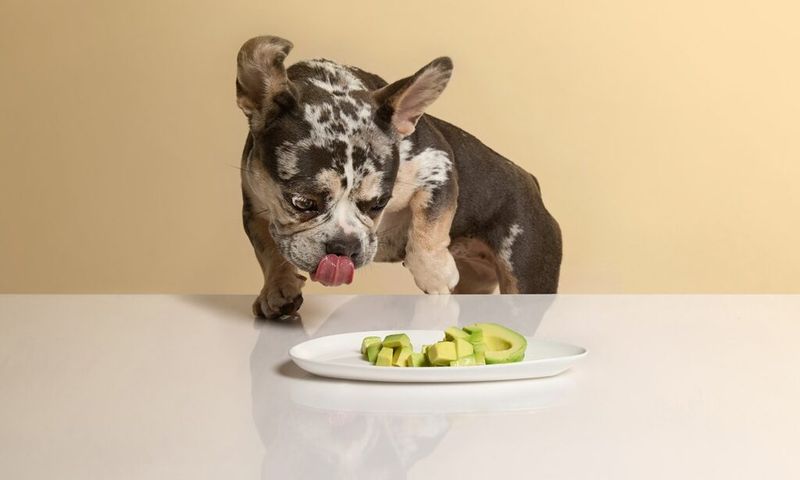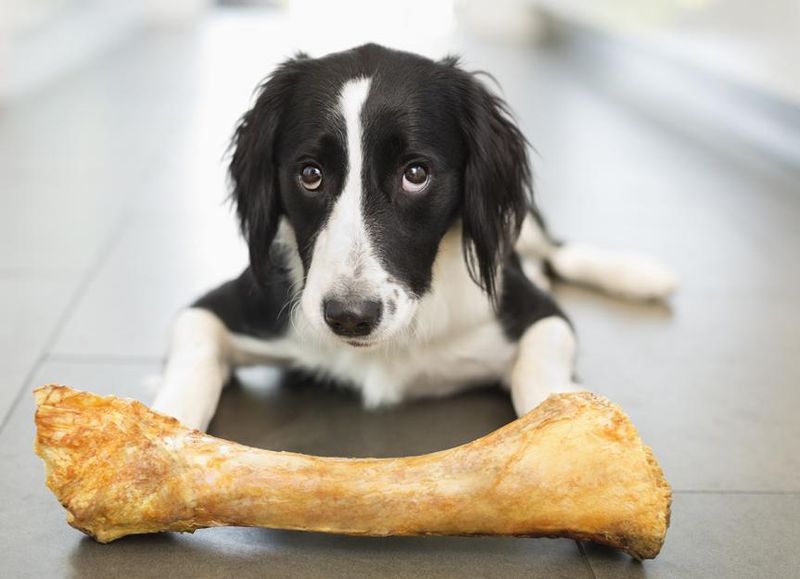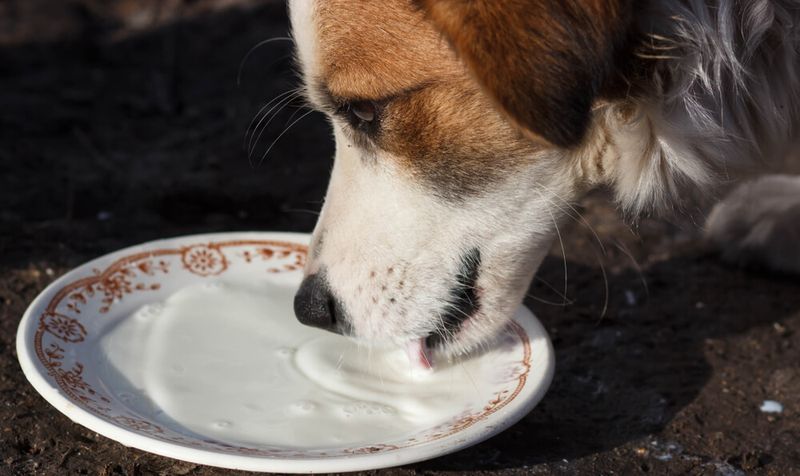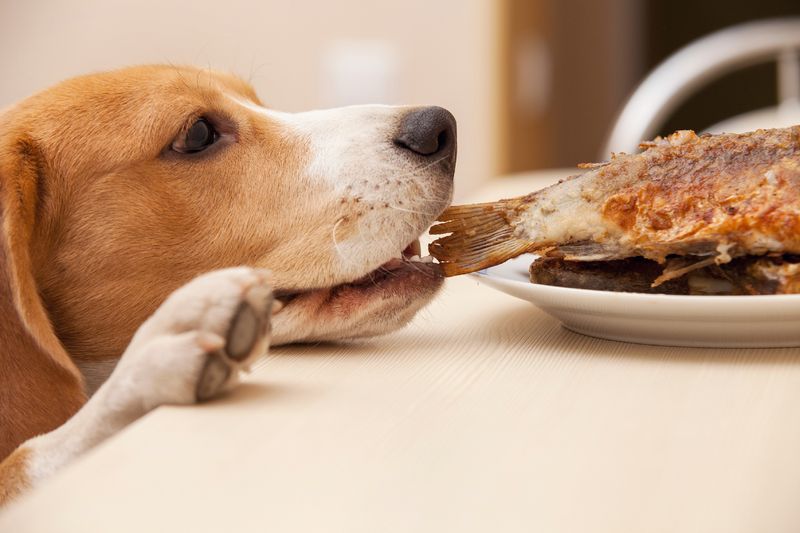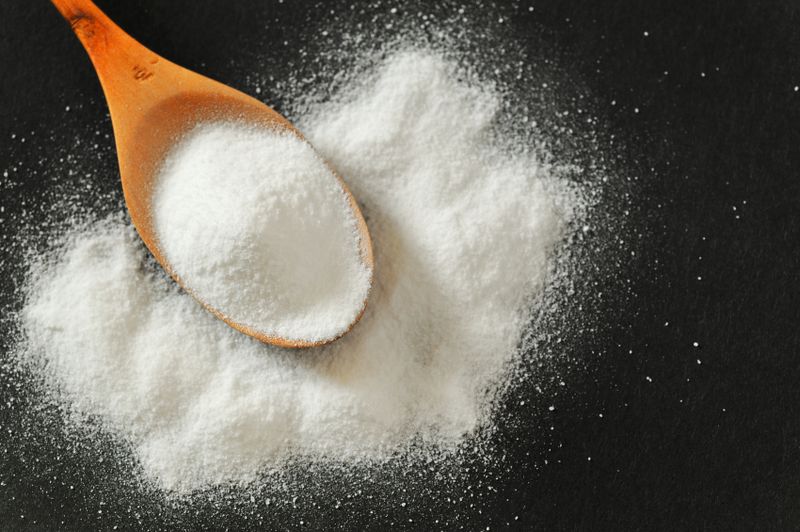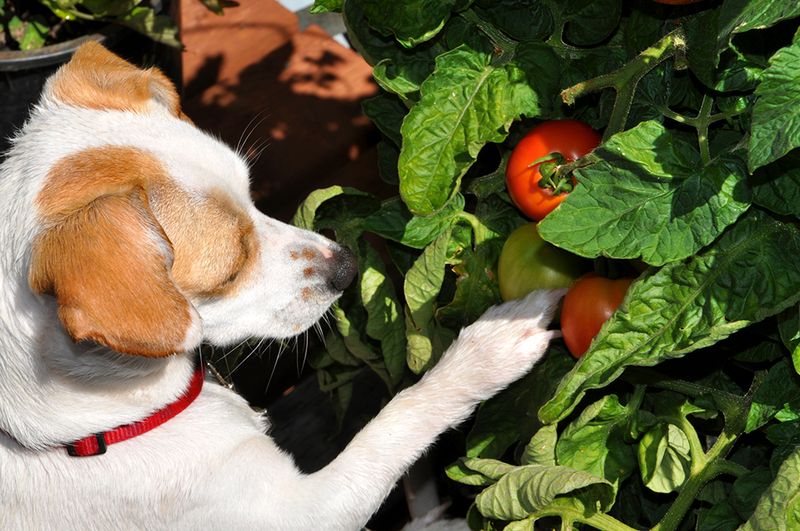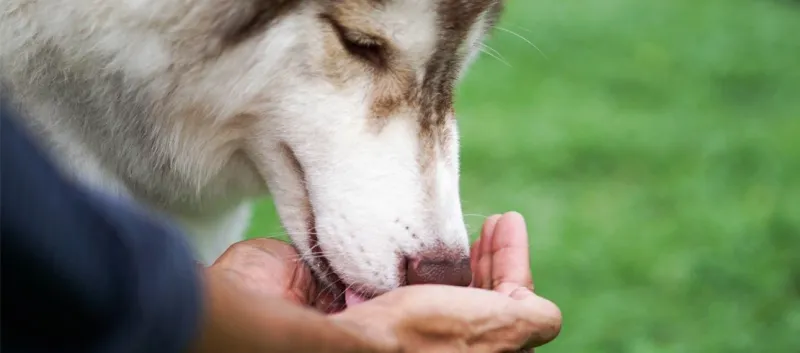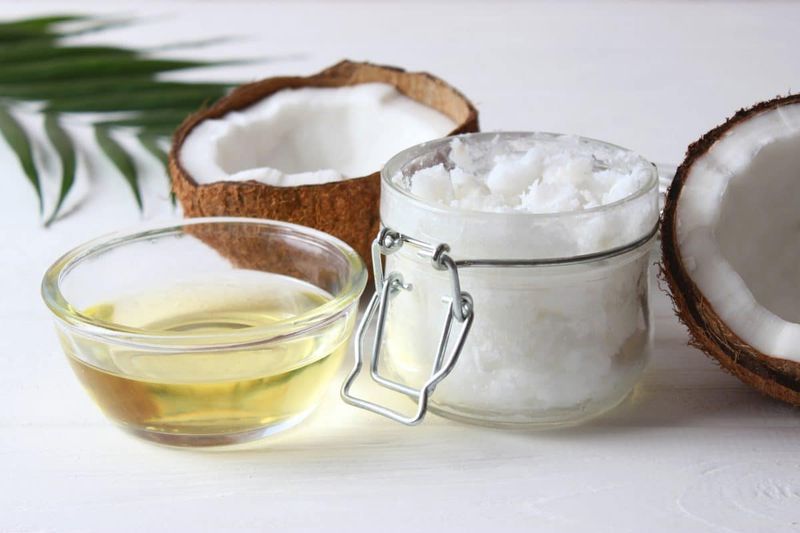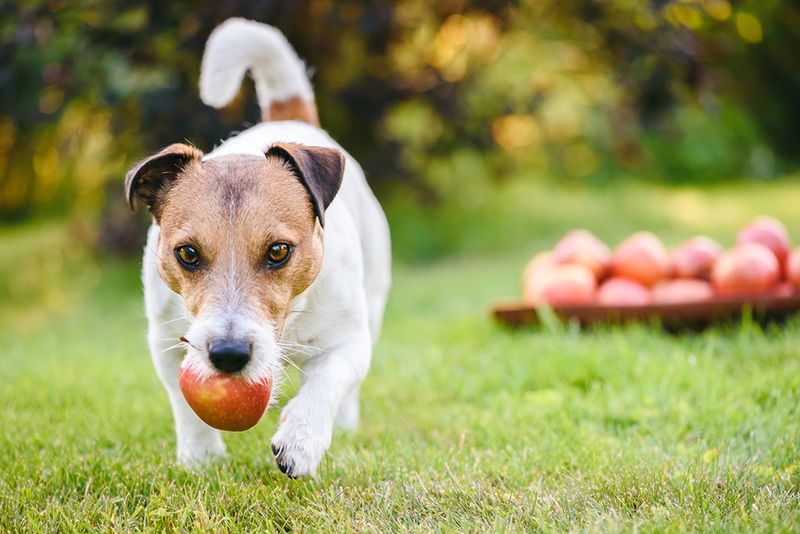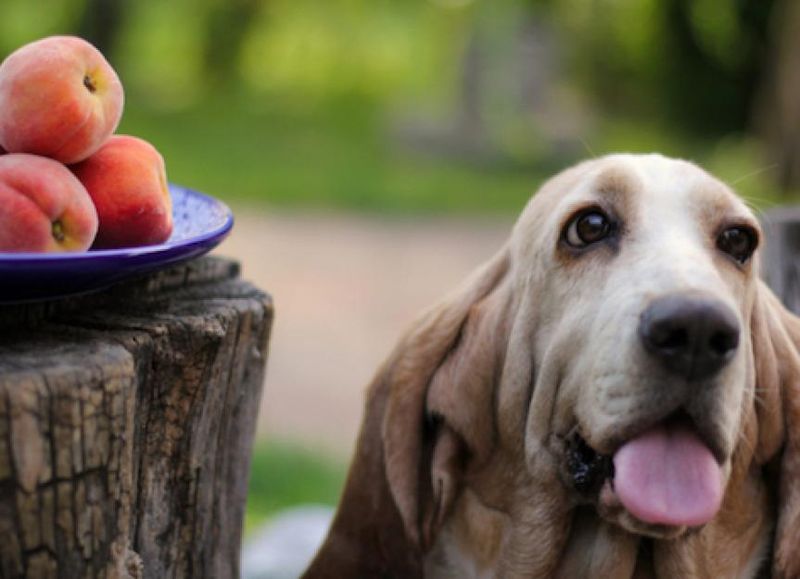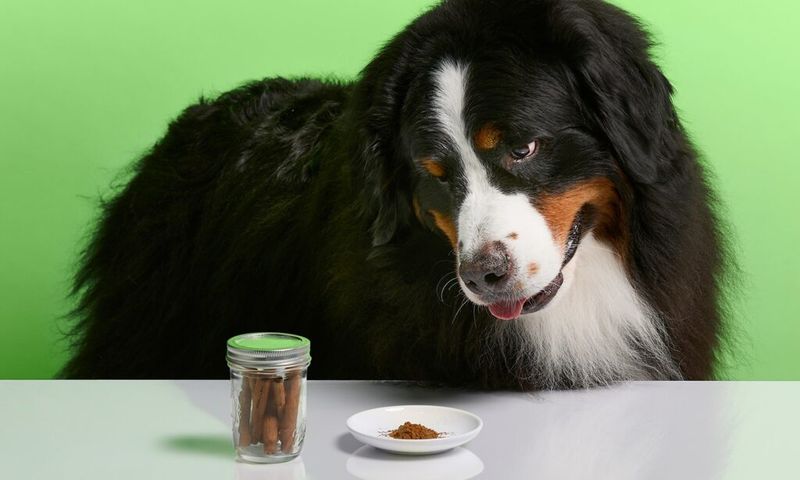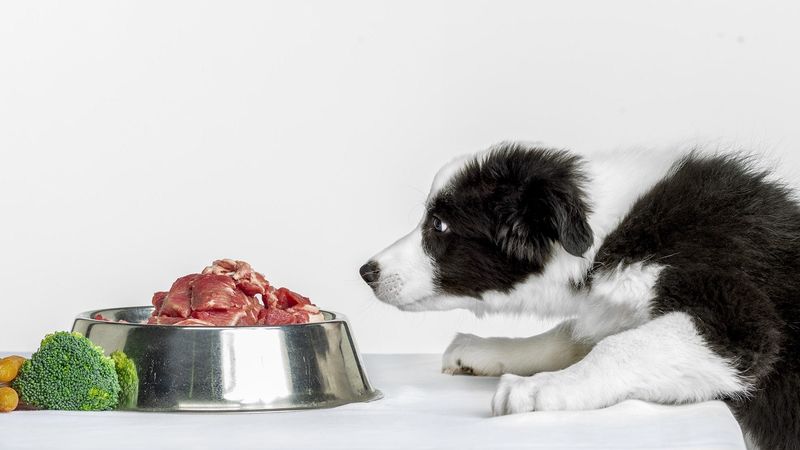25 Everyday Human Foods That Can Be Fatal to Dogs
You love your dog like family—maybe even more than some relatives. They’re there for you on your worst days, tail wagging, eyes full of unconditional love.
And naturally, you want to return the favor with all the affection (and treats!) they deserve. But here’s the problem: what’s harmless—or even healthy—for you can be downright deadly for your furry best friend.
We’re talking everyday foods you probably have in your kitchen right now. A few table scraps, a dropped snack, or even a well-intentioned “people food” reward can put your dog at serious risk.
Some of these items can cause an upset stomach. Others? They can lead to seizures, organ failure, or worse. And the scariest part is how common they are—chocolate, grapes, and onions are just the beginning.
If you’ve ever given your pup a bite of what you’re eating, this article is for you.
Because loving your dog also means protecting them from hidden dangers you may never have suspected. And once you know what to avoid, keeping them safe becomes a whole lot easier.
We’re counting down 25 everyday foods that could seriously harm your dog—some of which you’d never guess were toxic. Each one includes a quick explanation of what makes it dangerous, so you’re never left wondering.
This isn’t about scaring you—it’s about making sure your dog lives a long, happy, healthy life.
So before you share that next snack or scrape your dinner plate into their bowl, take a moment. Scan this list, and keep it bookmarked. Because one little bite can make all the difference—and knowledge is the best treat you can give them.
1. Chocolate
Dogs and chocolate: a classic no-go combo. The sweet treat contains theobromine and caffeine, both of which are toxic to dogs. Small amounts can lead to vomiting and diarrhea, while larger amounts might cause seizures and even heart failure.
Did you know that darker chocolates are more dangerous than milk chocolate? It’s due to higher levels of theobromine, making them even more hazardous. So, while it might be a delicious indulgence for you, keep it far away from your canine companion.
If you suspect your dog has consumed chocolate, it’s crucial to seek veterinary care immediately to prevent potentially deadly consequences.
2. Grapes and Raisins
Sweet, juicy, and seemingly harmless, grapes and raisins might seem like a healthy snack.
For dogs, however, these fruits can be a nightmare. Even small amounts have been known to cause acute kidney failure in dogs, leading to severe illness or even death.
The exact toxic substance in grapes is unknown, but the results are undeniably severe. Symptoms of poisoning include vomiting, lethargy, and loss of appetite, which can escalate to more severe symptoms rapidly.
If you notice any of these symptoms and suspect grape ingestion, it’s essential to contact a veterinarian immediately.
3. Onions
Onions might add flavor to your favorite dishes, but they’re a silent danger for dogs. Consuming onions can destroy red blood cells in dogs, potentially leading to anemia.
This condition means the dog’s body won’t get enough oxygen, causing lethargy and weakness.
The toxic compound is called thiosulfate, which dogs can’t digest. Symptoms of onion poisoning can include vomiting, diarrhea, and abdominal pain. Over time, the dog’s urine may become discolored, signaling red blood cell damage.
Quick action is essential if you suspect your dog has eaten onions, so keep them out of paw’s reach.
4. Garlic
Garlic may boost your immune system, but it poses a significant risk to dogs. It’s even more concentrated than onions, making it highly toxic even in small amounts.
Consuming garlic can lead to gastrointestinal irritation and, over time, damage the red blood cells.
The subtle symptoms might start with stomach upset, but can soon escalate to worsening anemia. The dog might become weak, lethargic, and breathe rapidly.
As garlic is a common ingredient in many dishes, be cautious about what your dog gets into, and act fast if ingestion occurs.
5. Xylitol (Found in Sugar-Free Gum & Baked Goods)
Sweet without the sugar, xylitol seems like a perfect substitute for humans. For dogs, however, it’s a hidden danger. Xylitol triggers a rapid insulin release in dogs, leading to hypoglycemia, which can cause vomiting, weakness, and seizures.
The liver takes a significant hit from xylitol, and if not treated promptly, it could lead to liver failure. You might see symptoms like sudden loss of coordination or lethargy, signaling a health crisis.
Contact your vet immediately if you suspect your dog has ingested any xylitol-containing products, such as sugar-free gum or candies.
6. Avocados
Avocados are touted as a superfood for humans, but for dogs, they contain a toxic compound known as persin. This substance can cause vomiting and diarrhea, particularly in smaller breeds.
Though the fruit’s flesh is less dangerous, the pit, skin, and leaves have higher concentrations of persin. Ingesting any part of the avocado plant can lead to more severe symptoms.
Keep avocados out of your dog’s reach, and be especially cautious about avocado-based meals and snacks left unattended.
7. Macadamia Nuts
Macadamia nuts may be a delicious treat for humans, but these buttery snacks are hazardous to our canine companions. Even small quantities can lead to toxicity, causing symptoms such as weakness, tremors, and vomiting.
What makes them tricky is the delayed onset of symptoms, often appearing 12 hours after consumption. Dogs may appear lethargic and disoriented, with a noticeable difficulty standing or walking.
Immediate veterinary care can mitigate the effects, so keep these nuts well out of reach.
8. Alcohol
A sip for a dog can mean disaster. Alcohol depresses the canine central nervous system, leading to vomiting, breathing issues, and in severe cases, coma or death. Even small amounts found in fermented foods or beverages can be dangerous.
The symptoms can escalate quickly, from disorientation and drooling to seizures and unconsciousness. Dogs are more sensitive to alcohol than humans, making them particularly vulnerable.
Ensure alcoholic drinks and foods are securely stored away, preventing any accidental sips from curious pets.
9. Caffeinated Drinks (Coffee, Tea, Energy Drinks)
Caffeine might be your morning savior, but it can spell trouble for your dog. Found in coffee, tea, and energy drinks, caffeine affects the canine heart and nervous system.
Symptoms of caffeine poisoning include restlessness, rapid breathing, and heart palpitations. In severe cases, it may lead to collapse or seizures, posing a substantial threat.
Keeping caffeinated beverages and products out of reach is essential, and immediate veterinary care is necessary if ingestion is suspected.
10. Cooked Bones
While it might seem natural to give a dog a bone, cooked bones are a dangerous choice. They are prone to splintering, which can cause internal blockages or tears in the digestive tract.
These sharp fragments can lead to choking hazards and severe internal injuries, making them a significant threat to your dog’s health. The consequences can be painful and even life-threatening.
Always opt for safe chew alternatives, and keep cooked bones out of your pet’s reach.
11. Raw Dough (Yeast)
The aroma of fresh bread might be tempting, but raw dough is a double threat to dogs. In their stomachs, it can expand and produce alcohol, leading to bloating and alcohol poisoning.
The expanding dough stretches the stomach, causing severe pain and potential rupture. The alcohol by-product can depress the central nervous system, leading to further complications.
If your dog consumes raw dough, immediate veterinary attention is required to prevent these dangerous outcomes.
12. Milk and Dairy
Creamy and delightful, dairy products might be a treat for some, but many dogs are lactose intolerant. Consuming milk and dairy can lead to stomach upset, diarrhea, and bloating.
While not deadly, the discomfort and digestive issues can be significant, particularly in dogs with a high sensitivity to lactose. Symptoms can vary but generally include vomiting and cramping.
Offering lactose-free alternatives can allow your pet to enjoy without the unwanted side effects.
13. Fat Trimmings
Whether raw or cooked, fat trimmings are more than just an indulgent snack for your pet—they can be dangerous. Consuming these fatty leftovers can cause pancreatitis, a painful and sometimes fatal inflammation of the pancreas.
Symptoms include vomiting, abdominal pain, and lethargy, often escalating to more severe conditions if left untreated. Dogs are particularly susceptible to this condition, and even small amounts can trigger an episode.
Avoid giving in to those pleading eyes and keep fatty foods off the menu for your dog.
14. Salt
A sprinkle for flavor might seem harmless, but too much salt can lead to sodium ion poisoning in dogs. This can cause excessive thirst, vomiting, tremors, and even seizures.
The added salt in processed snacks or foods can quickly add up, making them unsuitable for canine consumption. The subtle symptoms can escalate quickly, leading to severe health issues.
Ensure your dog’s diet is low in salt and keep salty snacks out of paw’s reach to avoid these risks.
15. Cherries
Bright and tempting, cherries might seem like a delicious treat, but they pose a hidden danger to dogs. The pits, stems, and leaves contain cyanide, which is highly toxic to our furry friends.
Ingesting even a small amount can lead to difficulty breathing, dilated pupils, and red gums, all signs of cyanide poisoning. The pit can also pose a choking hazard or cause digestive blockages.
Always remove pits if offering cherries, or better yet, choose dog-safe fruits instead.
16. Tomatoes (Green/Unripe)
Green and unripe, tomatoes contain solanine, a substance that’s harmful to dogs in large quantities. This compound is mostly found in the stems and leaves, making them particularly dangerous.
Consumption can lead to gastrointestinal upset, including vomiting and diarrhea. In more severe cases, it can cause lethargy, confusion, and weakness.
Ripe tomatoes are generally safe, but always keep the plant itself away from your pets.
17. Mustard and Mustard Seeds
Spicy and flavorful, mustard can irritate a dog’s digestive system. Mustard seeds are the primary culprits, and ingestion can induce vomiting and diarrhea.
Though not typically life-threatening, the resulting discomfort can be significant, requiring attentive care and monitoring. Dogs might also experience abdominal pain and cramping.
Avoid sharing foods seasoned with mustard, and keep seeds and condiments stored away securely.
18. Nutmeg
Nutmeg might add warmth to your recipes, but it contains myristicin, a compound that can be toxic to dogs. Ingesting nutmeg can lead to hallucinations, disorientation, high blood pressure, and seizures.
The symptoms can be quite severe, even with a small amount, making it a significant risk in households with pets. The initial excitement might quickly turn to lethargy and tremors.
Ensure that nutmeg is kept out of reach and away from curious noses.
19. Coconut and Coconut Oil
Coconut products may be trendy, but they can cause stomach upset and diarrhea in some dogs. While not outright toxic, the fatty content is what leads to digestive issues for certain sensitive pets.
Some dogs might tolerate coconut oil better than others, but the potential for stomach upset remains. The symptoms often include loose stools and cramping.
Opt for moderation and monitor your pet’s response closely if you choose to introduce coconut into their diet.
20. Blue Cheese and Other Moldy Cheeses
Rich and aromatic, blue cheese contains roquefortine C, a substance that can induce muscle tremors, seizures, and vomiting in dogs. The mold used in these cheeses can exacerbate these symptoms.
Even small amounts can lead to significant health issues, making moldy cheeses particularly hazardous to your furry friend. Symptoms often manifest quickly, requiring prompt veterinary attention.
Consider cheese alternatives without mold for safer snacking.
21. Apples (Seeds and Core)
Crisp and refreshing, apples can be a healthy snack, but the seeds and core are a concern. The seeds contain cyanide, which is toxic to dogs, while the core poses a choking hazard.
Symptoms of cyanide poisoning include difficulty breathing and red gums. Eating large quantities of seeds could lead to these dangerous effects, although small amounts are typically less concerning.
Always remove seeds and core if offering apples to your dog, ensuring a safe treat experience.
22. Peaches and Plums (Pits)
Juicy and sweet, peaches and plums might tempt your dog, but their pits are dangerous. Not only do they pose a choking risk, but they also contain cyanide, a toxic compound.
Ingesting pits can lead to blockages in the digestive tract, with symptoms like vomiting and abdominal pain. Cyanide poisoning is a serious risk, presenting with rapid breathing and shock.
Removing pits and supervising your pet can help avoid these serious health issues.
23. Cinnamon
With its warm aroma, cinnamon might seem harmless, but it can irritate a dog’s mouth and lower blood sugar dangerously. While not deadly, ingesting cinnamon can cause mouth irritation, coughing, and vomiting.
Some dogs might experience drops in blood sugar leading to dizziness and fatigue. Although serious reactions are rare, excessive consumption should be avoided.
Keep cinnamon and cinnamon-flavored items out of your pet’s reach and stick to safer treats.
24. Raw Eggs
Although a popular myth suggests feeding raw eggs for a shiny coat, the risks outweigh the potential benefits. Raw eggs pose a risk of Salmonella and contain an enzyme that interferes with biotin absorption.
The result can be skin and coat problems, leading to dull fur and skin irritation. The bacterial risk is significant, with symptoms like diarrhea and vomiting quickly escalating.
Opt for cooked eggs instead, ensuring a safer protein source for your pet.
25. Raw Meat and Fish
Raw meat and fish might align with some natural feeding philosophies, but they carry risks of bacteria like Salmonella and E. coli. Certain fish also contain parasites such as Neorickettsia helminthoeca.
“Salmon poisoning disease” is a serious condition caused by these parasites, leading to symptoms like vomiting, diarrhea, and fever. The bacterial risks extend to humans handling the food as well.
Cooking meat and fish thoroughly can eliminate these dangers, making it a safer option for feeding.

